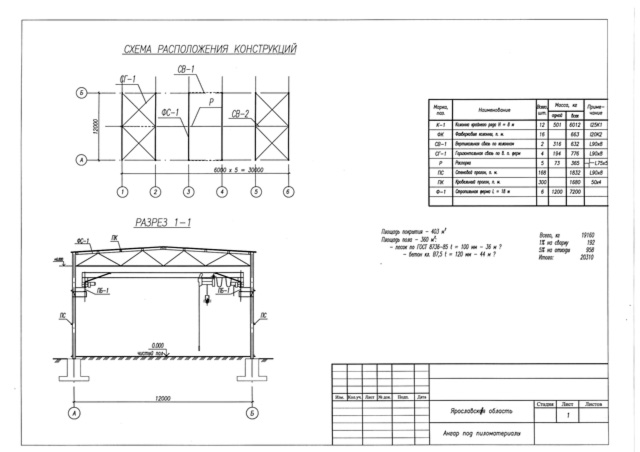Chertezhi Metallicheskogo Angara
Descargar e instalar codevision avr descargar codevision full gratis descargar programador de avrs link de la descarga: http://bc.vc/wjvwfN. Download Software CodeVisionAVR full Crack + cara Install CodeVisionAVR Melengkapi software buat latihan mikrokontroller secara simulasi, kali ini saya postingkan link download CodeVisionAVR + bagaimana cara menginstalnya. Download CodeVisionAVR V3.12 + Crack HP InfoTech presents a new version of the most popular (more than 14600 registered users) commercial C Compiler for the Atmel AVR microcontrollers. CodeVisionAVR is the only Integrated Development Environment on the market that features an Automatic Program Generator (CodeWizardAVR) for the new XMEGA chips. Tai gta 5.
Shemini Atzeret is the holiday that follows immediately after the seventh day of Sukkot, known as Hoshana Rabbah. Shemini Atzeret is a time when prayers or celebrations for rain and a good harvest are made for the coming year in the Jewish calendar.
My Jewish Learning is a not-for-profit and relies on your help Although may technically be the “last day” of, the Rabbis decided to treat Shemini Atzeret (and ) as a part of Sukkot, because its significance is unequivocally informed by Sukkot itself. Two cryptic references in the Torah cause the confusion about the status of Shemini Atzeret. In both Leviticus and Numbers, God commands that the eighth ( shemini) day –referring to Sukkot–is to be a “sacred occasion” and an atzeret, generally translated as “solemn gathering.” What is Atzeret? The inherent problem is that no one really knows exactly what atzeret means. Possibly it comes from the word atzar, meaning “stop,” and thus implies that we are to refrain from work. On the other hand, atzeret may also be defined by its textual context, which implies that it is some sort of deliberate extension of the prior seven days. This lack of verbal clarity is likely the reason why the rabbinic sages seemed to struggle with the precise meaning of the holiday.
The earliest rabbinic reference to Shemini Atzeret calls it yom tov aharon shel ha-hag, the last day of the festival. The (Taanit 20b-31a), however, declares, “The eighth day is a festival in its own right.” At the same time, the Talmud (Taanit 28b) attempts to distinguish it from Sukkot, as there are 70 temple sacrifices given throughout Sukkot, compared to only one given on Shemini Atzeret. (This distinction was only theoretical as the had been destroyed five centuries prior to the redaction of the Talmud.) Cutting through this puzzle, the most appealing depiction of the holiday may be that of, a 19th-century Orthodox rabbi who lived in Germany. He infers the meaning of the holiday from the word atzeret, which he renders as “to gather” or “to store up.” Accordingly, on this eighth day of Sukkot, the final day of celebration, we must store up the sentiments of gratitude and devotion acquired throughout the entire fall holiday season; nearly two months will pass until we celebrate another holiday, that of. How It’s Different from Sukkot Although the observances of Shemini Atzeret generally share the characteristics of the rest of Sukkot, there are four significant differences. The first is that there is no more shaking of the.
Second is that although we have our meals and recite Kiddush in the sukkah (though customs vary), we no longer say the blessing to sanctify us through the commandment to dwell in it, as we did the previous seven days. The third is that in the synagogue, after the Torah reading, we recite the memorial prayer (). And finally, the special (Geshem) is added to the repetition of Musaf and thus begins the period of an additional call for rain in our prayers, which lasts until Passover. It is customary for the leader of the Geshem prayer to wear a kitel as was done during the divine judgment of the High Holidays. Install pythonmagick windows. Wearing the garment indicates that this is the season of divine judgment for the future year’s rainfall, the time when we pray that God’s goodwill may afford us the appropriate amount. Reprinted with permission from (Jewish Publication Society).

My Jewish Learning is a not-for-profit and relies on your help The status of Shemini Atzeret can be confusing at first glance. Its name means the “eighth day of assembly” — which would imply that it somehow belongs to the seven-day holiday that immediately precedes it,. It is true that Shemini Atzeret is related to Sukkot, but its independence as a holiday is well established in the Talmud. In Numbers 29:35 we learn that “On the eighth day you should hold a solemn gathering; you shall not work at your occupation.” This verse does not connect the eighth day specifically to any of the other traditions associated with Sukkot, begging the question: Is this its own distinct holiday or part of Sukkot? This confusion led to much debate over whether one should, for example, say (the prayer of sanctification, recited over wine on holy days) in the sukkah on this day a custom followed by some, or whether Shemini Atzeret should warrant its own liturgical additions. [The fact that some have the custom to sit in the sukkah on Shemini Atzeret is based on the uncertainty surrounding yom tov sheni shel galuyot, that is, one would sit in the sukkah just in case Shemini Atzeret really is the seventh day of Sukkot.] In his book, Michael Strassfeld points out that Shemini Atzeret in many respects parallels, which can be viewed as the long-distance conclusion to the seven-day holiday of Passover, coming as it does seven weeks after Passover. At that time of year, the weather would be clear enough to have people come back to Jerusalem for an additional pilgrimage some weeks later.
